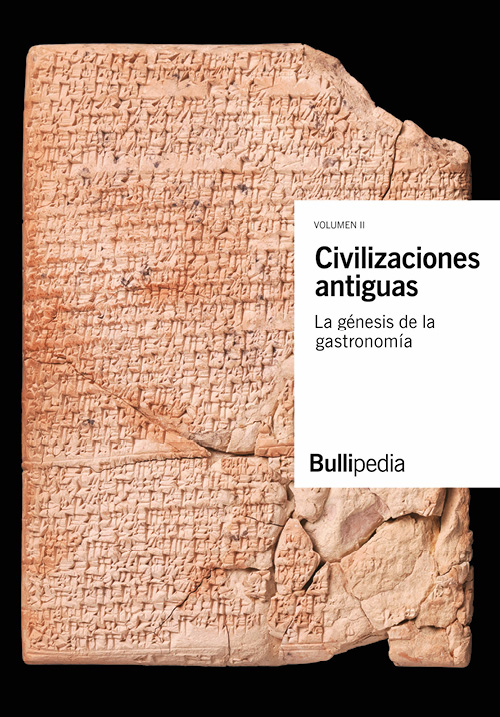Sapiens del cacao y el chocolate. De la planta del cacao al chocolate
Cocoa and Chocolate Sapiens. From the cocoa plant and into chocolate
Cocoa and Chocolate Sapiens is a project whose aim is to gain an understanding of chocolate through employing the Sapiens methodology created by Ferran Adrià and elBullifoundation. However, in order to do so, it is also necessary to fully understand cocoa. Although this book is included in the Bullipedia monographs, it is somewhat peculiar, given that it is dedicated to an unelaborated product and, also, to an elaboration and an elaborated product.
664 pages
230 x 330 mm
Hardcover
ISBN: 978-84-09-32139-1

What is the origin of the cocoa plant? Is it wild or cultivated? What are its morphological characteristics? Are only cocoa beans consumed? What varieties and cultivars exist? Can the seed be eaten raw? Throughout this book we will try to answer many questions about cocoa and chocolate – two different concepts for which we have created a large lexicon – by analysing and classifying them from a holistic point of view.
This is not a book in which to find recipes whose central ingredient is cocoa or chocolate; its aim is to show the different processes that are involved from the harvesting of the cocoa bean to the production of chocolate. In its pages we contextualise the cocoa growing environment and demonstrate that, as a plant or fruit, cocoa is not an independent element, but forms part of an extensive system in which everything, be that the soil, climate, ambient temperature, humidity, etc., is connected.
There are as many types of chocolate as there are cocoa varieties. The production process already starts at the plantation, after the cocoa beans have been harvested. In this volume, we follow, step by step, the processing of the cocoa and examine the physico-chemical transformations that take place during fermentation and drying, right through to when the final product is placed on the market.
The cocoa itself is not the only factor that determines the type of chocolate; different blends that are made during processing give rise to different chocolates.
Cocoa and Chocolate Sapiens does not focus on a single chocolate, but covers the great variety of chocolates that can be obtained. Each production process in turn is examined and every change that takes place in the different processes is explained, whether that be on a large or small scale.
Finally, a historical review into the role of cocoa and chocolate is made, examining the key moments, the turning points, and the milestones related to cocoa and chocolate.
In this section is a short summary of each chapter of the book
Download in PDF
INTRODUCTION
WHAT IS SAPIENS? AND WHAT IS COCOA AND CHOCOLATE SAPIENS?
Continue reading >

CHAPTER 1
WHAT IS COCOA? AND WHAT IS CHOCOLATE?
Continue reading >

CHAPTER 2
COMPARING COCOA AND CHOCOLATE
Continue reading >

CHAPTER 3
LINKING COCOA AND CHOCOLATE TO NATURE AND SOCIETY
Continue reading >

CHAPTER 4
COCOA: FROM NATURE TO THE MARKET PLACE
Continue reading >

CHAPTER 5
COCOA AS AN ELABORATED PRODUCT: ITS INDUSTRIAL TRANSFORMATION
Continue reading >

CHAPTER 6
FROM BEAN TO BAR: A NEW TREND IN THE ELABORATION OF CHOCOLATE
Continue reading >

CHAPTER 7
CHOCOLATE AS AN ELABORATION
Continue reading >

CHAPTER 8
COCOA AND CHOCOLATE IN HISTORY
Continue reading >

































